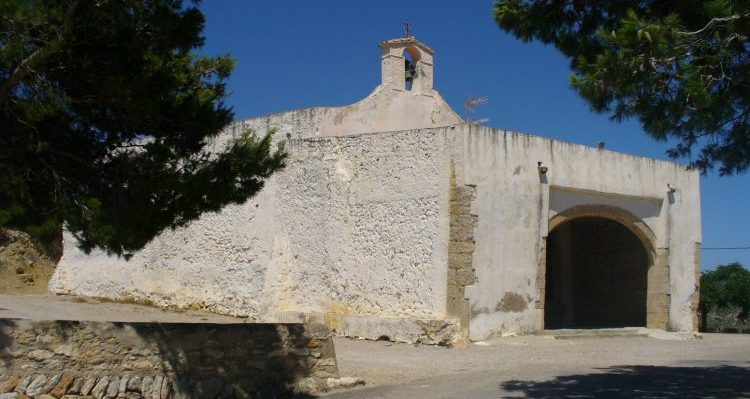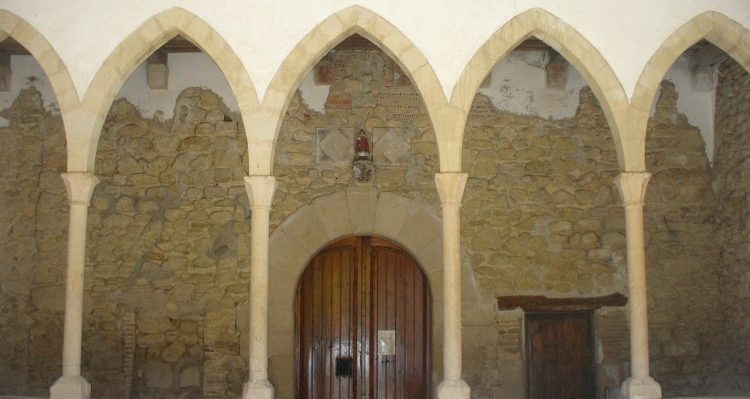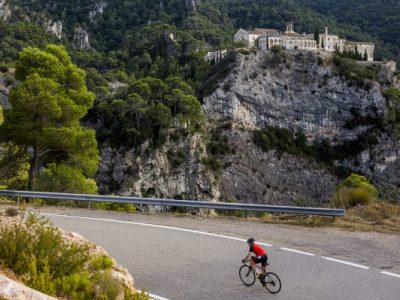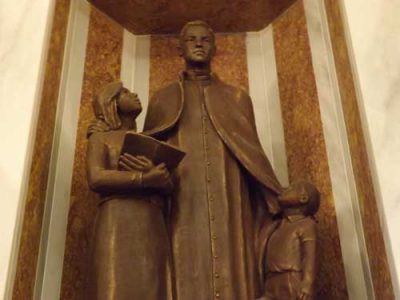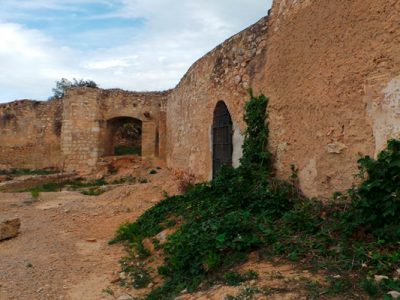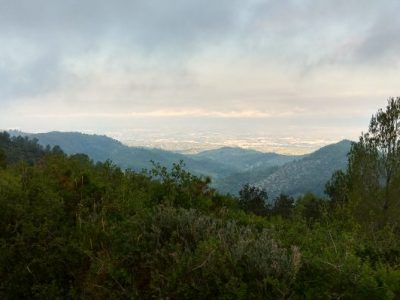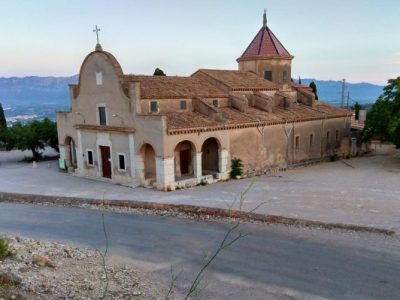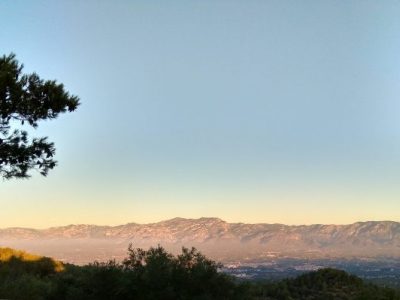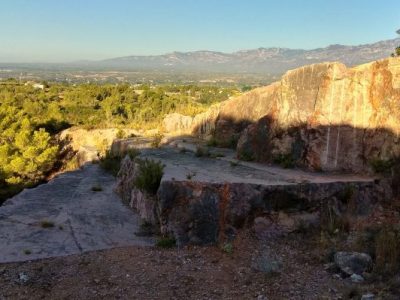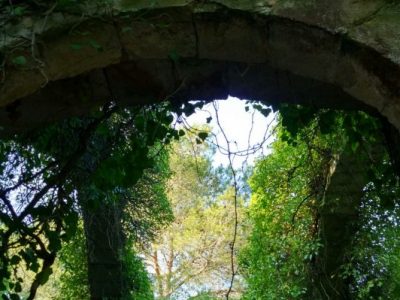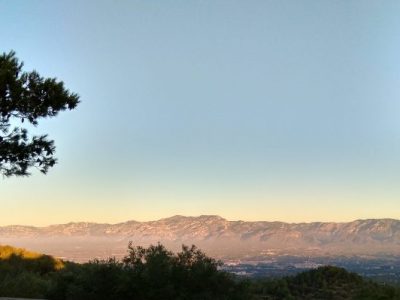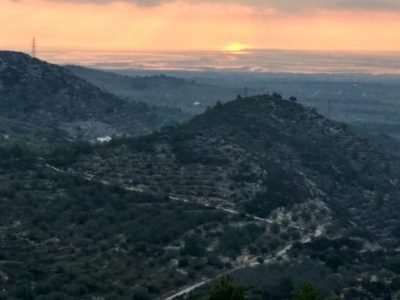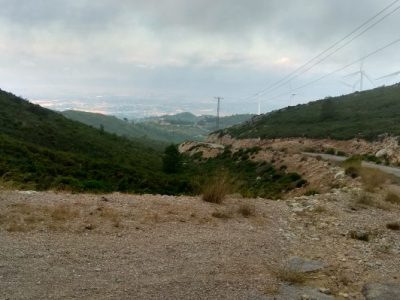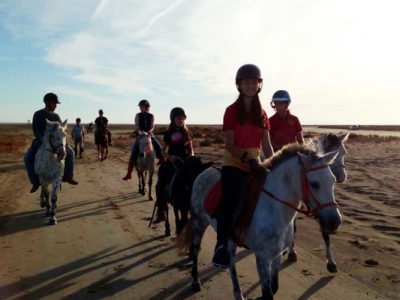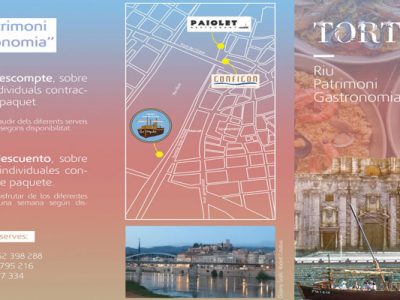Description
Excellent watchtower of the Baix Ebre, on the eastern top of the Via Augusta (450 m altitude), is the oldest in the municipality, with panoramic views of the delta, the valley and Els Ports.
The Gothic hermitage (1443) was completed with later extensions. In the sixteenth century the atrium was built, with a single arch, to shelter pilgrims and pedestrians. On the right flank the tower and the small pagan chapel (Venus Blancas) of Roman descent can be sensed. The Christian cult has been placed in the times of the Goths.
In medieval times it was called Coll de l'Alma, Acma or Acme (probably Coll de l'Agme) and the Mare de Déu receives the name of the country, but it was also called the Espasme, the Espant and the Veritat. The party is celebrated, with deep popular roots, on the Monday following the Pentecostal Sunday.
The first documented pilgrimage was in 1442 and the first priest (1444) received assignment from the tortosa's clavarium to celebrate mass on Sundays. In the seventeenth century, the dertosense chapter supplied the bread of the oven of the Canonja for free to the hermits. The hermitage intervened in some of the traditions from Tortosa: the Ordre de l'Atxa, the bloody Rajola ... The building was restored in 1892 and especially in the 60s of the 20th century. It belongs to the city.
